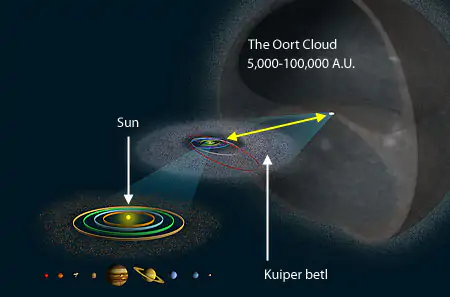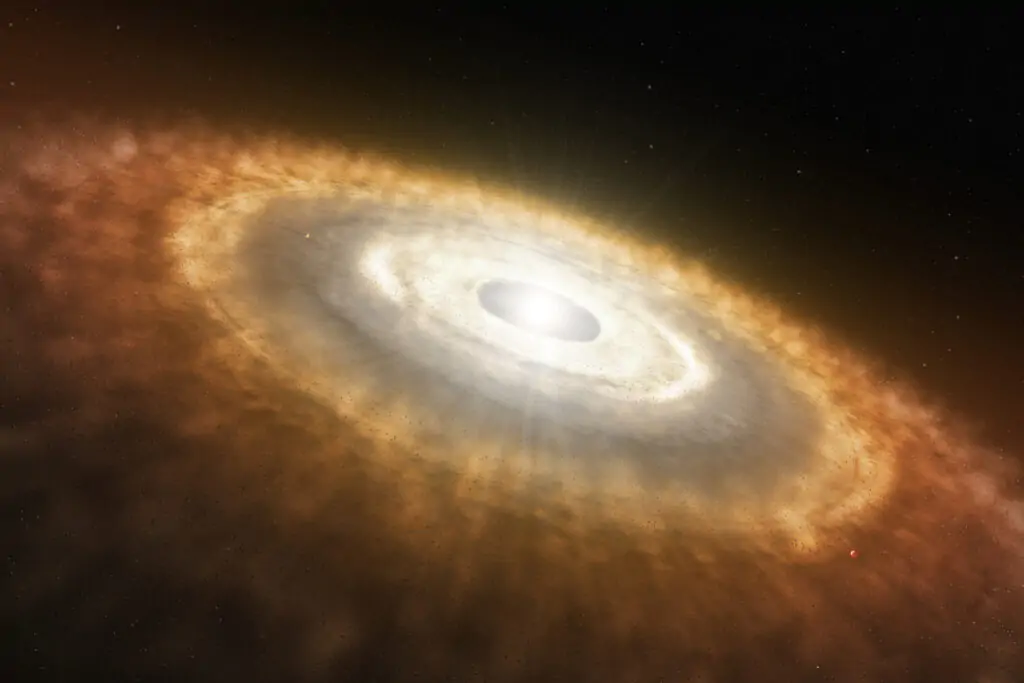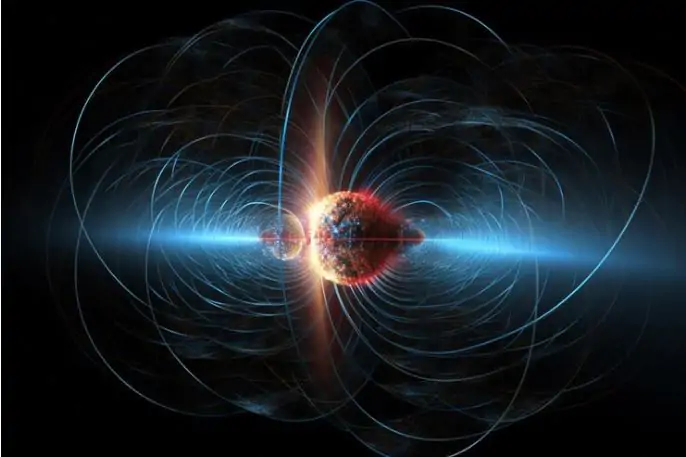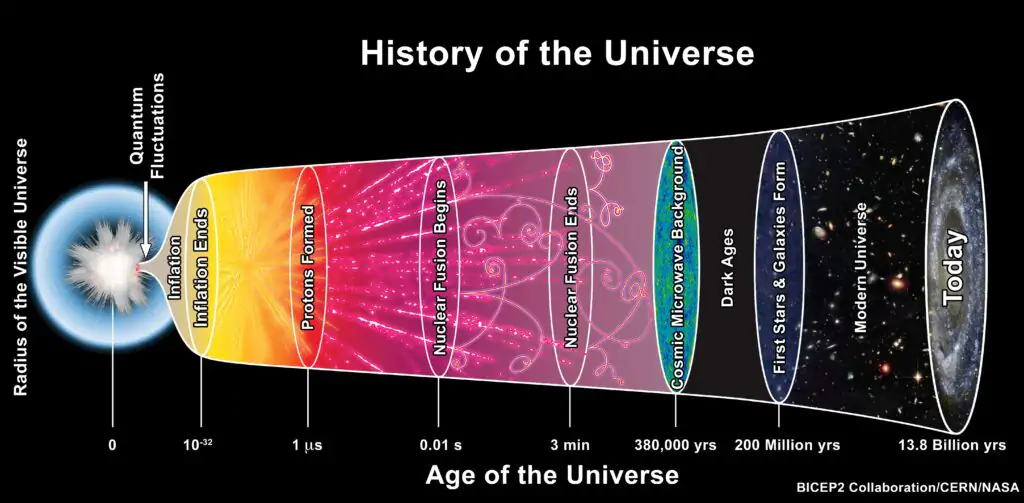Introduction
The James Webb Space Telescope (JWST) is expanding scientists’ knowledge of planet formation by studying where they were formed and the circumstellar discs that surround young stars. In a paper published in the Astronomical Journal, a team of researchers supervised by Naman Bajaj of the University of Arizona and including Dr. Uma Gorti of the SETI Institute imaged for the first time winds from an old planet-forming disc (still very young relative to the Sun) that is actively dispersing its gas content. The disc has already been photographed; however, winds from older discs have not. Knowing when the gas disperses is crucial because it limits the time available for fledgling planets to consume gas from their surroundings.

Perspectives from TCha's Declining Disc
At the centre of this finding is the study of TCha, a young star (relative to the Sun) surrounded by an eroding disc known for its large dust gap, which is around 30 astronomical units in diameter. Astronomers have photographed the dispersing gas (also known as winds) for the first time using the four noble gas lines neon (Ne) and argon (Ar), one of which is the first observation in a planet-forming disc. The photos of [Ne II] demonstrate that the wind is coming from a large area of the disc. The team, all part of a JWST programme led by Ilaria Pascucci (U Arizona), is also curious about how this process occurs so that they may better grasp its history and impact on our solar system.
“These winds could be pushed through high-energy stellar photons (the star’s light) or by the magnetic field that threads the planet-forming disc,” he added.
After researching disc dispersal for decades, Uma Gorti of the SETI Institute and her colleague predicted the high argon emission that JWST has recently discovered. “I’m thrilled to be able to finally understand how they launch by disentangling the physical conditions in the wind,” she says.
The Evolution of Planetary Systems
It appears that there are more stony objects than gas-rich ones in planetary systems like our solar system. These include the Kuiper belt, the asteroid belt, and the inner planets around our Sun. However, planet-forming discs have been known for a long time to begin with 100 times more gas in them than solids. This raises an urgent question: how and when does the majority of the gas exit the disk/system?
Throughout the new star, planets assembled in a circle disc of gas and dust during the very early phases of planetary system emergence. Planetesimals are the outcome of these particles gathering together to form larger and larger pieces. These planetesimals collide and stick to one another over time to eventually create planets. The quantity of material approachable and how long it stays in the disc regulate the type, size, and location of planets that form. Therefore, the development and distribution of the disc control the result of planet formation.
To differentiate between the two, the same group simulated the dispersion caused by star photons in a different work led by Dr. Andrew Sellek of Leiden Observatory. After comparing these simulations to the real facts, they conclude that dispersal by high-energy star photons is a reasonable clarification for the observations and cannot be ruled out. According to Andrew, “the simultaneous measurement of all four lines by JWST proved critical to demonstrating that remarkable amounts of gas are being dispersed and to pinning down the properties of the wind.” The researchers estimated that the mass dispersing annually is comparable to the moon, to put it into perspective! These findings will be described in full in a companion study that the Astronomical Journal is now reviewing.

Groundbreaking Findings and Upcoming Opportunities
When the [Ne II] line was originally detected in 2007 towards a number of planet-forming discs with the Spitzer Space Telescope, project lead Prof. Pascucci of the University of Arizona quickly recognised it as a wind tracer, which revolutionised research efforts aimed at comprehending disc gas dispersal. The next step towards changing our knowledge of this process might be the detection of [Ar III] for the first time and the finding of spatially resolved [Ne II] with the JWST.
Professor Richard Alexander of the University of Leicester School of Physics and Astronomy stated, “We first used neon to study planet-forming discs more than ten years ago, testing our simulations using computers versus data from Spitzer and new observations we obtained with the ESO VLT.” Although those observations taught us a lot, they did not allow us to calculate the mass loss that the discs were experiencing. I never would have imagined that disc winds could be resolved in photos, but the latest JWST data are amazing. We will be able to comprehend nascent planetary systems like never before, thanks to JWST and further observations like this that are yet to come.
The team also found that T Cha’s inner disc is changing on timeframes as small as a few decades, and that T Cha’s JWST spectrum is different from the previous Spitzer spectrum. The principal author of this ongoing investigation, Chengyan Xie of the University of Arizona, suggests that a tiny, asymmetric inner disc that has lost some of its mass in just around 17 years might be the cause of this discrepancy. This suggests that the disc of T Cha is nearing the conclusion of its evolutionary history, in line with the previous findings. “It’s possible that we will live to see the dispersal of the entire dust mass in T. Cha’s inner disc,” continues Chengyan.
The consequences of these discoveries equip a fresh perception of the complex energies that result in the spread of gas and dust, which is important for planet formation. Understanding the dynamics of disc dispersion lets the researchers better predict the timescales and situations beneficial to planet formation. The team’s findings highlight JWST’s abilities and pave the way for future research into planet formation processes and the development of circumstellar discs.
Conclusion:
The James Webb Space Telescope’s latest outcomes have revealed groundbreaking knowledge on the origin of planets. Researchers have gotten a better hold of the dynamics that control early planetary systems by analysing gas and dust distribution. The development of T. Cha’s decreasing disc and the discovery of winds from an ancient planet-forming disc emphasise how crucial it is to investigate these phenomena in order to solve the secrets of our solar system and beyond. Future investigations into the production of circumstellar discs and planetary formation processes are made possible through these results.
FAQ's
Q: What is the significance of studying galactic winds in planet formation?
A: Comprehending the dispersion of gas and dust in early planetary systems is important for predicting the timelines and situations that favour planet formation. Astronomers may use this information to better understand the complications of planetary system evolution.
Q: How does the James Webb Space Telescope contribute to this research?
A: Researchers are capable of inspecting planetary systems with incredible clarity thanks to the better capabilities of JWST. This enables scientists to identify phenomena like galactic winds from planet-forming discs. These observations offer priceless information on the initial phases of the genesis of planetary systems.
Q: What implications do these findings have for our understanding of our own solar system?
A: Astronomers can gain a better understanding of the process that created our own solar system by understanding the dynamics of planet emergence in other systems. Researchers can acquire knowledge about the resemblance and differences in planetary emergence by observing the differences between various planetary systems.
Q: What are the future prospects for research in this field?
A: Our knowledge of planet creation processes may be remarkably expanded according to future observations made with the JWST and other observatories. Astronomers want to learn more details about the genesis and development of planetary systems by carrying out further research on galactic winds and related phenomena.






Dating is a truly joyful experience. Sometimes we lose sight of this truth in our search for the right Online dating site